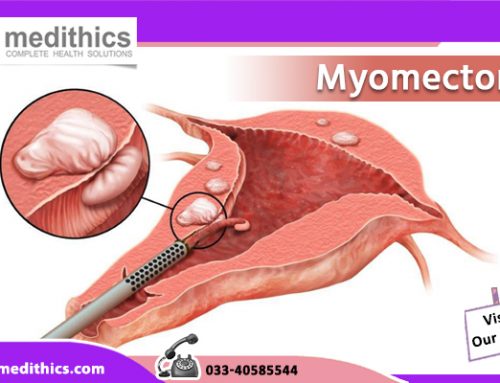When there are abnormal changes in the healthy cells on the cervix, the condition is known as cervical dysplasia. The lower part of the uterus that leads to the vagina is the cervix. It is a precancerous condition. If there is no early detection of cervical dysplasia and effective treatment, the abnormal cells can develop into cancer. If you undergo proper diagnosis and treatment as advised by the best gynecologist in Kolkata, you can avoid a lot of complications.
Causes
When there is HPV (human papillomavirus) infection in a woman, it often leads to cervical dysplasia. This virus affects both men and women. During sexual contact or skin-to-skin contact with an infected person, the virus passes from person to person. Once it gets inside the body, it can spread from one body part to another including the cervix. The risk of developing severe cervical dysplasia among women with HPV infection is more in those who smoke than those who don’t smoke. This is because smoking weakens the immune system.
Risk factors
Several factors increase the risk of cervical dysplasia. Some of these risk factors are common with those of HPV infection.
- Starting sexual activity before 18 years of age
- Giving birth before 16 years of age
- Having an illness that weakens the immune system
- Acquiring multiple sexual partners
- Having a partner who has multiple sex partners
- Smoking cigarettes
Diagnosis
Cervical dysplasia normally does not have any symptoms. The detection of the changes in the cells is possible by a Pap test. That’s why the gynecology doctors in Kolkata suggest a Pap test to diagnose cervical dysplasia. You may have to go for a Pap test more than once if required. Some other diagnostic tests are:
- Endocervical curettage: It is a procedure that helps to check for abnormal cells in the cervical canal.
- Colposcopy: It is a magnified exam of the cervix, which helps in the detection of abnormal cells. This makes it possible to take biopsies.
- HPV DNA test: It helps to identify the HPV strains, which cause cervical cancer.
Loop electrosurgical excision procedure (LEEP) or cone biopsy may also be necessary during the diagnosis of cervical dysplasia.
Treatment
The best gyne doctors in Kolkata consider different factors while deciding the treatment option for cervical dysplasia. The following are some treatment options:
- LEEP
- Cone biopsy
- Electrocauterization
- Cryosurgery (freezing)
- Laser surgery
You need to go for follow-up testing after the its treatment.
Prevention
The risk of cervical dysplasia can reduce if women avoid beginning sexual activity at an early age and having multiple sexual partners. They should also avoid smoking. The women should ask their male partners to use a condom during sex. It also helps if women take the vaccine for HPV infection as this lowers the risk of having HPV infection, which causes cervical dysplasia.





